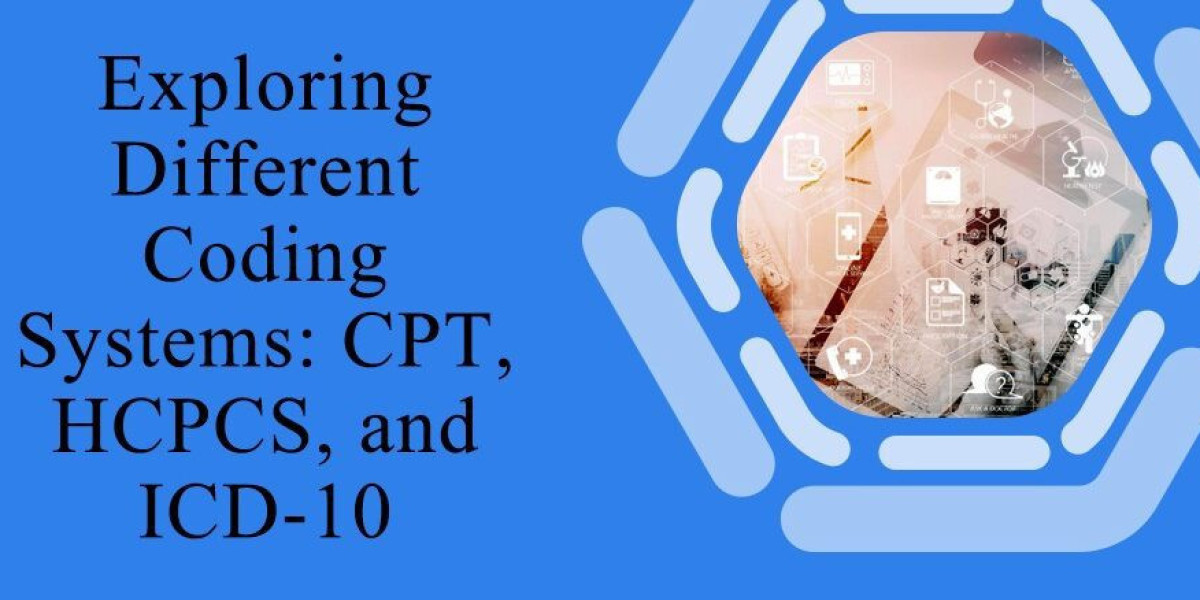Introduction
Five medical coding systems are commonly used to manage and identify medical codes. HCPCS, ICD 10, and CPT are codes that correspond to individual diagnoses and procedures. These are used to track the patient’s disease and health condition information and are also crucial in the medical billing process. These are used not only in hospitals but also in government healthcare programs like Medicare. Insurance companies use these codes to ensure that patient healthcare policy covers the services before payment. These included ICD 10 PCS, CPT, ICD 11, ICD 10 CM and HCPCS. In the contemporary healthcare industry, understanding these coding systems has become crucial for the medical billing and coding profession. In this article, the focus will be on exploring the three medical coding systems.
CPT (Current Procedural Terminology)
It is a medical coding system the AMA (American Medical Association) developed. This medical coding system has been used to report surgical, diagnostic, and medical procedures to relevant parties. CPT codes are categorized into three types
- Category I:
It is the most prominent category healthcare professionals use to document procedures and services.
- Category II:
It is used for the performance management of healthcare professionals and to track patients’ health information. It has nothing to do with reimbursement.
- Category III
These are temporary codes that are used to report those procedures and services which are experimental.
It is a procedural system of medical coding classification. It means it is a system used to identify procedures that healthcare professionals use to provide care to their patients. The primary purpose of CPT codes with modifiers is to communicate these procedures standardized for analytical administrative uses. These codes describe specific medical procedures like diagnostic tests, surgeries, and patient visits to healthcare facilities. These codes allow doctors to communicate with insurance companies for billing and reimbursement. These codes comprise five numeric digits and are categorized into three main categories. These categories included evolution management, ancillary services, and procedures. Read More...








